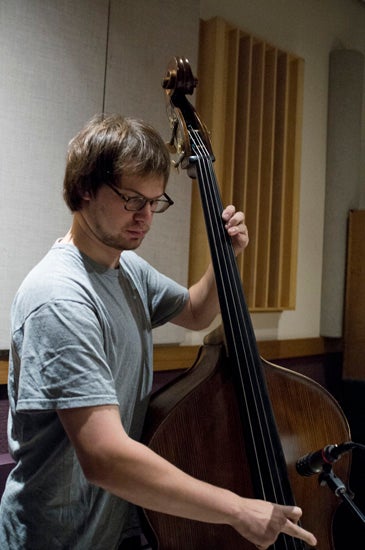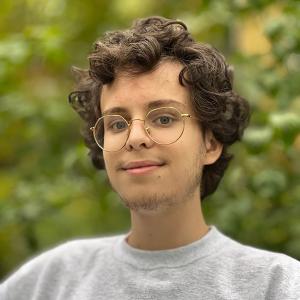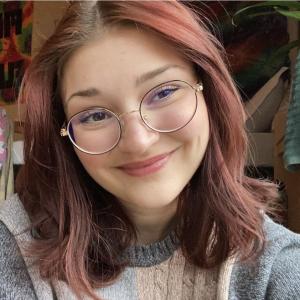I find myself in recording studios fairly often, even if I'm not recording. The larger jazz department classes, like improvisation and big band, are held in Klonick Hall, the Kohl building's world-class studio. Also found in Klonick are electronically-controlled sound boards and microphones (they drop down from the ceiling!) and three Steinway grand pianos. Today, however, I spent some time in the TIMARA studio, located in the basement of the older conservatory building, Bibbins.


If you're reading this, you've probably never heard of these studios. You might never use them. But that's okay. Most conservatory students never venture into the basement of Bibbins, so they're a bit of a secret.
Two of my friends are taking a TIMARA class on recording this semester, and needed to log some hours behind the sound board, so they brought in a quintet of some of Oberlin's best jazz musicians for a six-hour studio session. I was invited to hang out and take some pictures during the set-up. I've recorded in this studio before - once for a movie soundtrack, and another time just for the sake of recording. It had been at least a year since I had been in this studio, though, and I was excited to bring a camera with me.
When you walk into a studio, the first thing you'll notice is how quiet it is. The reverberation of your voice and footsteps you'd normally hear is gone, as extraneous sounds are absorbed through the specially-designed walls.


Each instrument gets miked differently - horn instruments like saxophones and trumpets are miked by the bell, where most of the instrument's sound comes out of. The bass gets miked close to the f-holes and strings, and the piano gets two microphones: one for the upper registers and one for the lower registers.


Here's Zaire's kit, which is fairly isolated from the rest of the instruments. There's no easy way around miking the drumset; every part of the instrument has to be individually miked and balanced.

It amazes me how easy it is at Oberlin to do stuff like this. It would be impossible to walk into a studio in New York or Boston and record whenever you want, with no fee. Many conservatory students have never been in the TIMARA labs, and probably don't even know there are incredible recording spaces right under their feet. Oberlin has so many of these little gems hidden around campus, that offer a huge educational experience but aren't really advertised. Make it a priority to find them!









